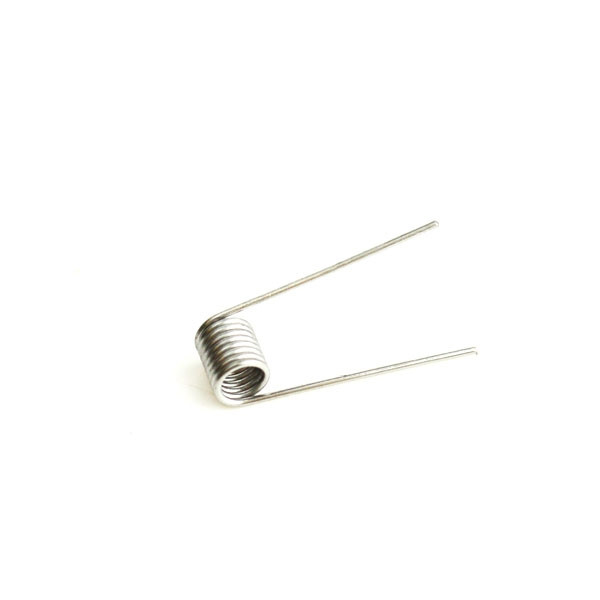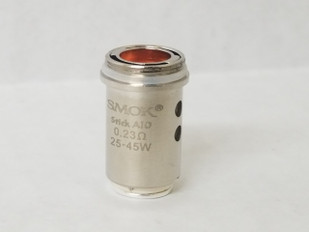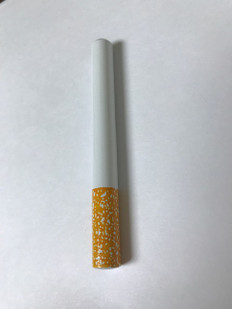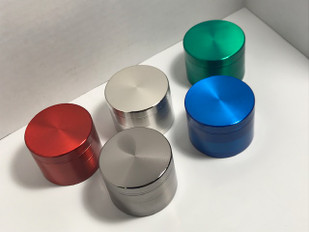- Home
- The Vape Mall Blog
- Vape Coil Options in 2022: Singe Coils vs. Dual Coils vs. Triple Coils
Vape Coil Options in 2022: Singe Coils vs. Dual Coils vs. Triple Coils
Posted by on

Not every vaper feels the need to become an expert on the different type of coils that are out there, but every vaper should at least have a basic understanding of how different coils produce different vaping experiences. Knowing how coils work will help you finetune your experience like never before while preventing unwanted things like dry hits and spitback. When it comes to coil knowledge, it’s pretty much essential that you grasp the main differences between single, dual, and triple coils. These are the most popular coils you can find, and they’re extremely different in terms of structure and performance.
Understanding the Basics on Coils
As you know, you can’t vape without coils. Coils are sort of the middleman between the battery and your vape juice. Basically, your battery provides heat to your coil, which allows the coil to heat up to the right temperature in order to turn your vape juice from a liquid into a vapor. Therefore, it’s safe to say that which coil you use has a lot to do with your overall vaping experience.
Coils come in a wide variety of metals, wicking styles and general configurations. When talking about single, dual, and triple coils, we refer to the wires that’re inside of the coil structures.
Single Coils
As the name implies, a single coil utilizes a single wire to turn that e-liquid into luscious vapor. All of the battery power is conducted through that single wire which then heats the vape juice. For many vaping setups, a single coil is adequate.
Many people prefer single coil configurations because they require and produce less power. With single coils, you’ll find that your battery life is much longer because the coil doesn’t require nearly as much power. You’ll also find that your vape juice lasts longer because the coil isn’t burning through as much when you fire a hit.
Single coils are also great for those who are just starting to build their own. A single coil is easily the simplest type of coil configuration to build.
A drawback of using a single coil is that it’s not as good at turning your vape juice into huge, fluffy and dense clouds, because it’s not heating as much vape juice at one time. Another disadvantage is that the ramp-up time is a bit slower.
Dual Coils
Dual coils consist of two wires inside of the coil structure. When the device is fired, the battery evenly heats both coils which allows for more e-liquid to be processed per hit. Dual coils are, therefore, more powerful, and more favored among cloud chasers who prefer extremely high wattages.
When you’re using a dual coil configuration, you can expect your clouds to be huge and extremely thick, which is what so many vapers crave. That’s because two coils are heating your vape juice at once, which means that each hit actually gives you double the amount of e-liquid.
Of course, that comes at a cost. Dual coil configurations will cause you to go through your e-liquid at a faster rate, which means that you’ll be spending more money on vape juice over time. Dual coils also drain your battery more quickly because they require twice as much power to be activated, so to speak.
Also, if you’re getting into DIY vaping, dual coils are a bit more complicated in terms of construction.
Triple Coils
A fairly uncommon option, since there are RBAs (Rebuildable Atomizers) that accept three coils, each coil will be included in an assessment pertaining to a third of the resistance. For example, if you build 3x 1-ohm coils, you will break down that single into thirds to discover the ending resistance.
Triple coils do not really supply a substantial flavor boost overall, however, they do impel vapor heavily. The effort to set one of these up and feed wicks through is almost not worth the work. Still, you have vapers out there who have triple coil decks in their possession.
Final Coil Thoughts
Whether you choose a single, dual coil, or triple coil is totally your call. Neither is objectively better than the other. We recommend trying out all three coil types though, in order to see which, satisfies your particular vaping needs. That way, you’ll then be able to determine whether or not you should be going with that said coil build.
 Loading... Please wait...
Loading... Please wait...



















